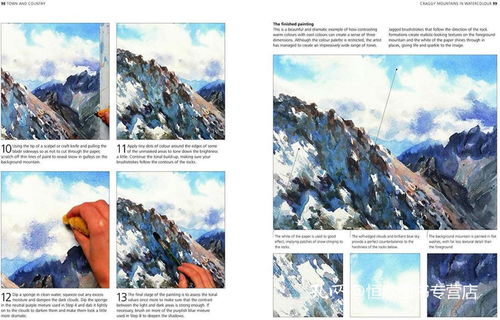Content:
Carp fishing, with its serene allure and the promise of a substantial catch, has long been a favorite pastime for anglers around the world. Among the many species that challenge and delight anglers, the鲫鱼 (Chinese carp) holds a special place in the hearts of many. Whether you're a seasoned fisherman or a beginner looking to hone your skills, tackling the鲫鱼坑 (a specialized carp pond) requires a blend of knowledge, patience, and the right techniques. Here's how you can challenge the鲫鱼坑钓鱼技巧, and come out a victorious angler.
Understanding the鲫鱼 Pond
Before you can effectively challenge the鲫鱼坑, it's crucial to understand the environment. Ruiyu ponds are typically designed to mimic natural habitats, with varied depths, weed beds, and structures that attract carp. These ponds often have strict regulations regarding the types of bait and fishing methods allowed, so it's important to familiarize yourself with the local rules.
Choose the Right Equipment
The first step in mastering the鲫鱼坑 is to ensure you have the right equipment. Here's what you'll need:

- Rod and Reel: A medium to heavy-action rod paired with a matching reel is ideal for handling the weight of a carp. A baitcasting reel is often preferred for its accuracy and strength.
- Line: Use a line that can handle the weight of a large carp, typically 10-15 pounds test. Fluorocarbon line is a good choice for its low visibility and sensitivity.
- Hook: A size 6-10 hook is suitable for most carp, depending on the size of the bait you're using.
- Leader: A 12-18-inch leader made of monofilament or fluorocarbon can help protect your main line from abrasion and provide extra sensitivity.
Selecting the Right Bait
Carp are known for their preference for natural and protein-rich baits. Here are some effective baits to consider:
- Grains: Corn, wheat, and pellets are staple baits in many鲫鱼坑. They are easy to prepare and attract carp with their scent.
- Boilies: These are pre-mixed, molded baits that are highly attractive to carp. They come in a variety of flavors and sizes.
- Meat Baits: Liver, cheese, and other meaty baits can be effective, especially in colder weather when carp's metabolism slows down.
Mastering the Techniques
Once you have the right equipment and bait, it's time to master the techniques:
- Bait Presentation: Carp are often found in areas with a lot of activity, so it's important to present your bait in a way that mimics natural food sources. Drop-shotting, a technique where the bait is suspended just above the bottom, can be highly effective.
- Patience: Carp can be slow to bite, so patience is key. Wait for a solid hookset, rather than yanking at the rod when you feel a tap.
- Trolling: If the pond allows, trolling can be an effective way to cover more water and attract fish. Adjust your speed and depth to find the right combination for carp.
- Fishing at Different Times: Carp can be more active at different times of the day. Early morning and evening are often the best times to fish, as carp are more likely to feed during these periods.
Reading the Water
Understanding the water you're fishing is crucial. Look for signs of carp activity, such as bubbles, disturbed water, or fish rising to feed. Pay attention to the current, as it can carry your bait away from the fish. By observing the water, you can adjust your approach accordingly.
Adaptability
Carp fishing requires adaptability. If you're not having success with one technique or bait, don't be afraid to switch things up. Experiment with different depths, baits, and methods until you find what works best for the conditions and the fish.
Conservation and Etiquette
Always practice conservation and good fishing etiquette. Respect the local rules and regulations, and make sure to release fish that are too small or that you do not intend to keep. This ensures that the鲫鱼坑 remains a thriving environment for future anglers.
In conclusion, challenging the鲫鱼坑 requires a combination of knowledge, skill, and patience. By understanding the environment, choosing the right equipment and bait, mastering the techniques, and adapting to the conditions, you can increase your chances of success. Remember, the art of carp fishing is as much about the journey as it is about the catch. With the right approach, you'll be well on your way to becoming a master of the鲫鱼坑.












